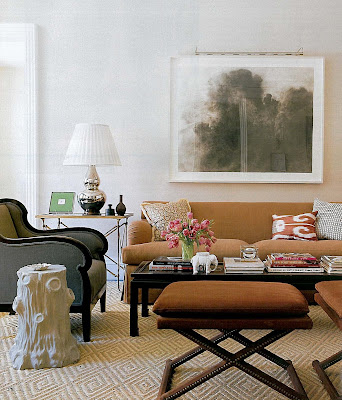When you first move into a new space, or when you redecorate a space you already live in, choosing the right artwork for the walls is one of the best parts of it all. One of the things many homeowners enjoy is decorating with realistic, eye catching and inspirational works of art photography. With their warm, natural colors and striking composition, these works of art make exceptional photos for decorating.
Too often, however, our artwork sits waiting to be hung because we are intimidated by the process. There are ways to guarantee picture hanging success. Here are just five of the most valuable.
1. Sometime ahead of picture hanging day, assemble all the artwork you want to hang. Decide which style of hangers you will be using for each one and make a list of supplies. Visit your local framing, hardware, or craft store and purchase everything you need. There are a few things to keep in mind when deciding which type of hangers to use. Heavy and large pieces of art and objects like mirrors should be hung with mirror hooks. Smaller photos for decorating can be hung with wire and eye hooks on the back. Picture hangers are packaged according to the weight they will support, so be sure to buy the right size.
2. Your next step is to think through your arrangements and placements of all the pictures you are hanging. Be certain of how and where you want them before you begin. This would be the time to arrange paper templates of your artwork and get everything just right.
3. The next step is the tricky one, and one that many people debate over. Do you measure out where your artwork goes, or do you just put it where you like it. The choice is really up to the individual. If you have used paper templates then you only need to mark where the template is to know the location for your hanger.
4. Now that you have the picture hook in the right place, hang your art and see how it looks. Straighten and level all pictures, either by sight or using a small level. If a picture is a little too high or low, you can fix it by adjusting the wire on the back a bit.
5. The final little touch that many people overlook is adding the small rubber or plastic bumpers to the corners of your pictures to keep them in place. We all know how annoying it can be to have a picture that we have to constantly be straightening. These little bumpers make that a problem of the past!
Now there is nothing left to do but stand back and admire your picture hanging talent, except maybe to get online and start searching for your next awesome piece of nature photography!


























